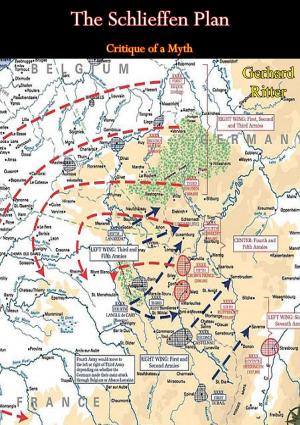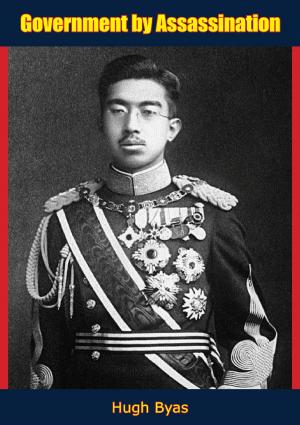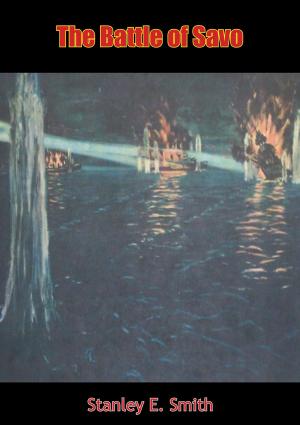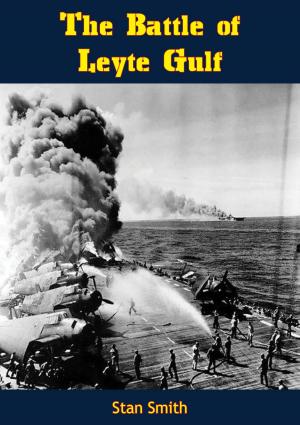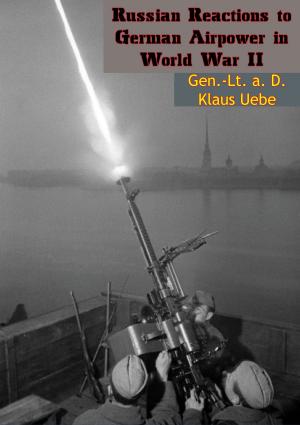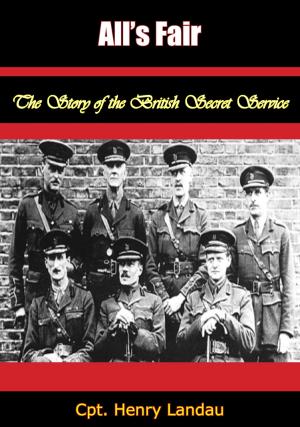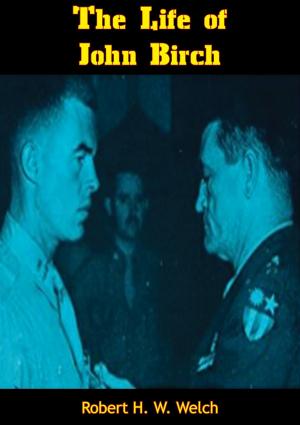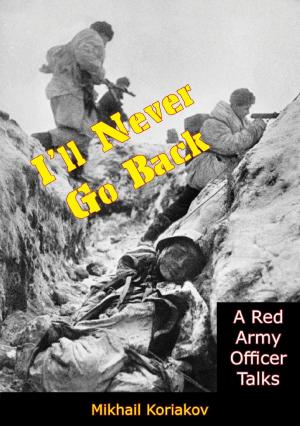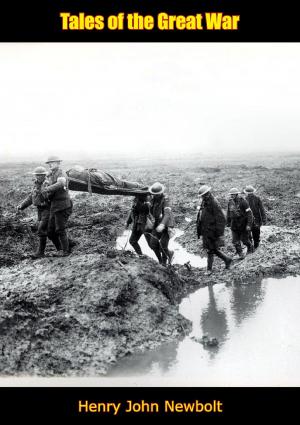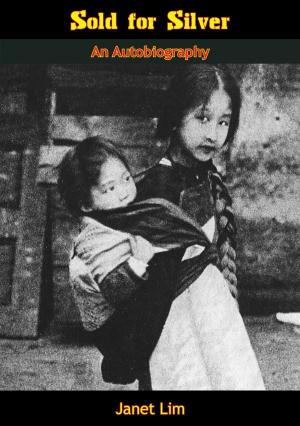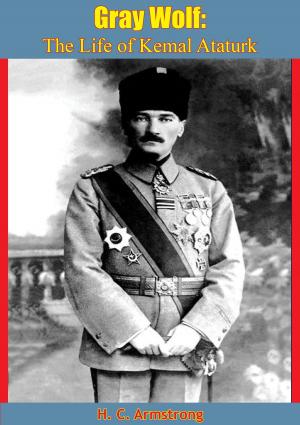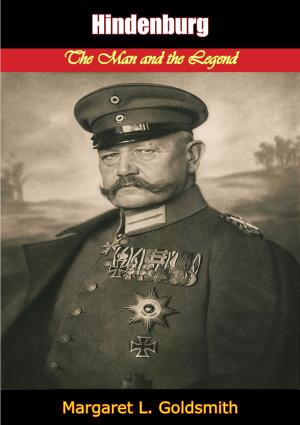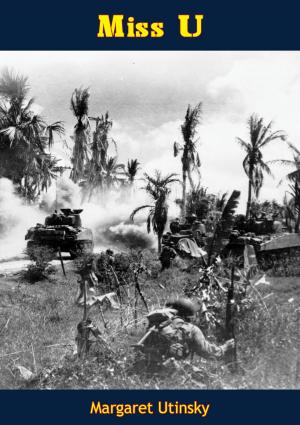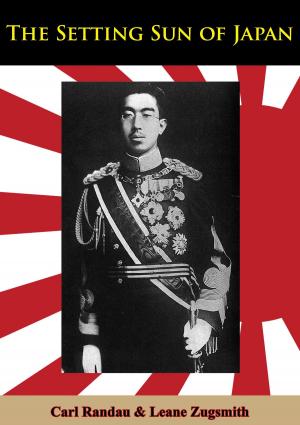| Author: | William L. Laurence | ISBN: | 9781789120394 |
| Publisher: | Eschenburg Press | Publication: | February 27, 2018 |
| Imprint: | Eschenburg Press | Language: | English |
| Author: | William L. Laurence |
| ISBN: | 9781789120394 |
| Publisher: | Eschenburg Press |
| Publication: | February 27, 2018 |
| Imprint: | Eschenburg Press |
| Language: | English |
In April 1945, Pulitzer Prize-winning U.S. science journalist William L. Laurence was summoned to the secret Los Alamos laboratory in New Mexico by General Leslie Groves to serve as the official historian of the Manhattan Project. In this capacity he also served as author of many of the first official press releases about nuclear weapons, including some delivered by the Department of War and President Harry S. Truman. Laurence was the only journalist present at the Trinity test in July 1945, and beforehand prepared statements to be delivered in case the test ended in a disaster which killed those involved. As part of his work related to the Project, he also interviewed the airmen who flew on the mission to drop the atomic bomb on the city of Hiroshima, Japan. Laurence himself flew aboard the B-29 The Great Artiste, which served as a blast instrumentation aircraft, for the atomic bombing of Nagasaki. He visited the Test Able site at Bikini Atoll aboard the press ship, ‘Appalachian,’ for the bomb test on July 1, 1946.
In his book The Hell Bomb, Laurence warns about the use of a cobalt bomb—a form of hydrogen bomb that, at the time of first publication in 1951, was still an untested device—which was engineered to produce a maximum amount of nuclear fallout.
“I FIRST heard about the hydrogen bomb in the spring of 1945 in Los Alamos, New Mexico, where our scientists were putting the finishing touches on the model-T uranium, or plutonium, fission bomb. I learned to my astonishment that, in addition to this work, they were already considering preliminary designs for a hydrogen-fusion bomb, which in their lighter moments they called the “Super-duper” or just the “Super.”
“I can still remember my shock and incredulity when I first heard about it […]. Could anything be more powerful, I found myself thinking, than a weapon that, on paper at least, promised to release an explosive force of 20,000 tons of TNT?....”
In April 1945, Pulitzer Prize-winning U.S. science journalist William L. Laurence was summoned to the secret Los Alamos laboratory in New Mexico by General Leslie Groves to serve as the official historian of the Manhattan Project. In this capacity he also served as author of many of the first official press releases about nuclear weapons, including some delivered by the Department of War and President Harry S. Truman. Laurence was the only journalist present at the Trinity test in July 1945, and beforehand prepared statements to be delivered in case the test ended in a disaster which killed those involved. As part of his work related to the Project, he also interviewed the airmen who flew on the mission to drop the atomic bomb on the city of Hiroshima, Japan. Laurence himself flew aboard the B-29 The Great Artiste, which served as a blast instrumentation aircraft, for the atomic bombing of Nagasaki. He visited the Test Able site at Bikini Atoll aboard the press ship, ‘Appalachian,’ for the bomb test on July 1, 1946.
In his book The Hell Bomb, Laurence warns about the use of a cobalt bomb—a form of hydrogen bomb that, at the time of first publication in 1951, was still an untested device—which was engineered to produce a maximum amount of nuclear fallout.
“I FIRST heard about the hydrogen bomb in the spring of 1945 in Los Alamos, New Mexico, where our scientists were putting the finishing touches on the model-T uranium, or plutonium, fission bomb. I learned to my astonishment that, in addition to this work, they were already considering preliminary designs for a hydrogen-fusion bomb, which in their lighter moments they called the “Super-duper” or just the “Super.”
“I can still remember my shock and incredulity when I first heard about it […]. Could anything be more powerful, I found myself thinking, than a weapon that, on paper at least, promised to release an explosive force of 20,000 tons of TNT?....”


